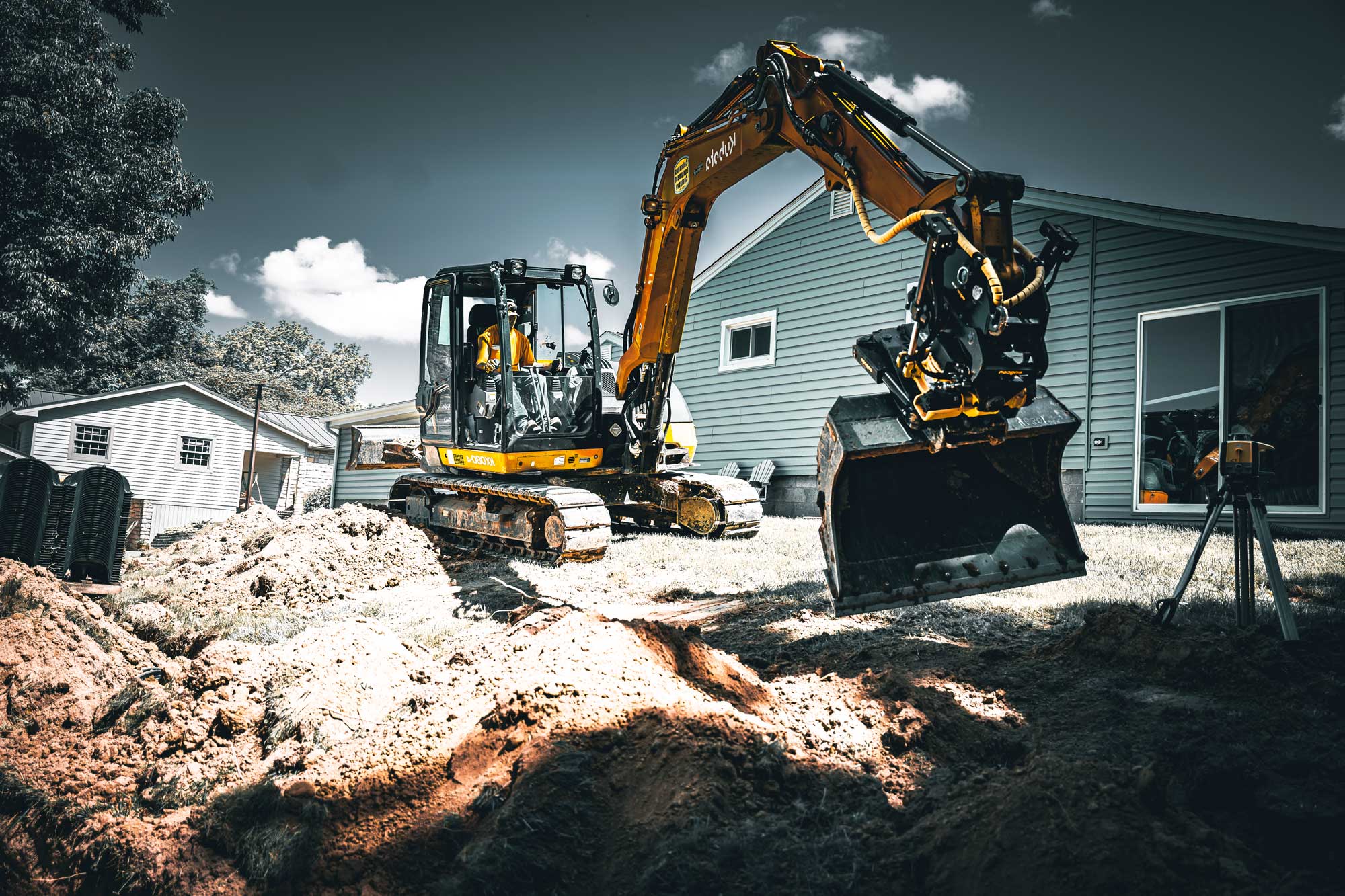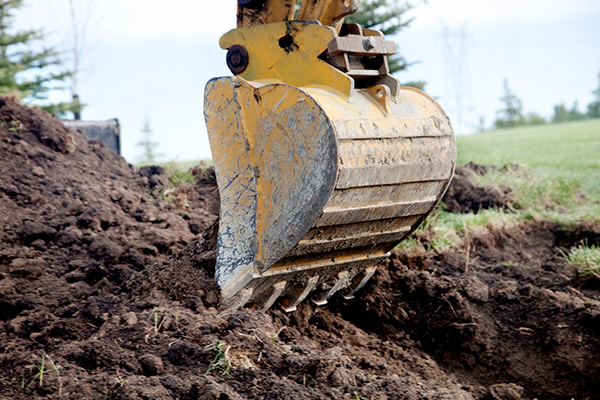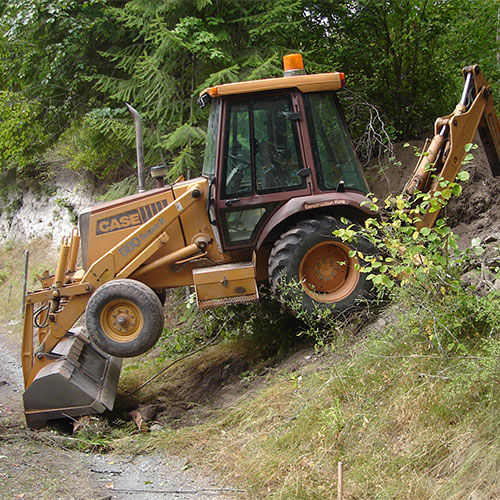Affordable Lancaster Excavation - Quality Excavation at Competitive Prices
Wiki Article
Revealing the Art of Excavation: Pro Tips for Safe and Effective Excavating
In the realm of excavation, the mastery of efficient and safe excavating is an art kind that needs expertise, accuracy, and adherence to recognized practices. As dirt is turned and planet is relocated, the complexities of excavation reveal themselves, requiring a keen understanding of tools, dirt composition, safety and security procedures, and environmental considerations. The knowledge needed to browse these aspects efficiently can imply the difference in between a successful excavation project and a potential disaster. By unwinding the layers of this elaborate process, a globe of approaches and understandings awaits those seeking to boost their excavation abilities to new elevations.Relevance of Correct Equipment
To make certain the safety and effectiveness of any kind of excavation task, making use of the appropriate equipment is paramount. Excavation projects differ in extent and intricacy, varying from little property landscape design tasks to massive building and construction endeavors.Excavators are basic items of machinery in any type of excavating operation. These versatile machines come in various dimensions to match different project requirements. Miniature excavators are ideal for smaller sized tasks, while larger excavators tackle more extensive tasks successfully. Backhoes are one more vital equipment kind, integrating the functions of a loader and an excavator in one equipment. They are useful for tasks requiring convenience and maneuverability.
Besides excavators, various other vital equipment consists of dump vehicles, bulldozers, and plates. Unload trucks are crucial for eliminating and carrying excavated materials, while plates are utilized for excavating narrow and deep trenches. Bulldozers master jobs that need pressing big amounts of soil or particles. By purchasing the proper devices, excavation tasks can be finished safely, promptly, and with precision.
Understanding Soil Structure
A detailed understanding of dirt structure is essential for carrying out excavation jobs with precision and security. Recognizing the different types of dirt is crucial as it straight influences excavation approaches, devices choice, and overall project efficiency.Sand particles are the biggest and supply great drainage but offer little communication. Silt bits are smaller than sand but bigger than clay, supplying modest drainage and communication. Clay fragments are the smallest and provide high communication yet bad drainage. Raw material, such as decomposing plant material, affects dirt fertility and stability.
Prior to starting excavation, carrying out soil examinations to identify its composition and features is necessary. This info helps in choosing the appropriate tools, executing precaution, and establishing excavation techniques customized to the particular dirt conditions - dump truck companies in ohio. By understanding soil structure, excavation professionals can improve task results while making certain security and adherence to ideal practices
Security Measures and Procedures
Recognizing soil structure is the keystone upon which precaution and protocols for excavation jobs are developed, ensuring the wellness of employees and the success of the undertaking. There are a number of vital measures dump truck companies in ohio that should be carried out to mitigate dangers and stop crashes. when it comes to safety throughout excavation.Primarily, prior to any digging starts, a thorough evaluation of the website must be conducted to determine any type of possible hazards such as underground utilities, unsteady soil conditions, or close-by structures that might posture a threat. It is crucial to have a skilled person supervise the excavation process to ensure that all safety protocols are followed strictly.
Moreover, all workers involved in the excavation must be properly educated in secure excavating methods and the proper procedure of tools. By sticking to these safety measures and methods, excavation jobs can be completed successfully and without case.
Efficient Excavation Planning
When starting an excavation task, careful planning is vital to make certain effectiveness, safety, and effective results. Effective excavation preparation involves numerous crucial steps that are critical for the smooth execution of the project. The initial step is to perform a thorough website assessment to recognize any potential dangers, such as underground energies or unstable dirt conditions. This details is important for developing a detailed excavation strategy that includes precaution and risk reduction strategies.Once the website assessment is total, the following step is to develop a clear timeline and routine for the excavation activities. This consists of figuring out the sequence of tasks, equipment needs, and workforce appropriation. Proper organizing aids avoid delays and makes sure that the task remains on track.

Furthermore, communication among all team members is paramount throughout the preparation stage. Clear regulations, routine updates, and efficient sychronisation are vital for a successful excavation job. By investing effort and time in meticulous preparation, excavation groups can dramatically boost efficiency, lessen dangers, and achieve successful outcomes.

Taking Care Of Ecological Considerations
With raising focus on environmental sustainability in building and construction methods, managing ecological considerations has actually ended up being an important facet of excavation tasks. Excavation activities have the possible to impact the surrounding setting through dirt disintegration, sediment overflow, habitat disturbance, and contamination of water sources. To mitigate these threats, it is vital to implement best practices that prioritize environmental defense.
Furthermore, appropriate waste monitoring is crucial to avoid soil and water contamination. Carrying out treatments for the disposal of hazardous materials, recycling of waste materials, and reducing using hazardous chemicals can substantially decrease the environmental influence of excavation jobs. By incorporating these practices into excavation planning and implementation, building and construction business can guarantee that their projects are not just risk-free and productive but additionally ecologically responsible.
Verdict
To conclude, grasping the art of excavation requires a thorough understanding of correct devices, soil make-up, precaution, and reliable planning. By adhering to these standards and considering ecological elements, excavations can be performed safely and efficiently. It is critical to prioritize safety and security and efficiency in every digging task to guarantee effective results.As dirt is turned and planet is moved, the ins and outs of excavation reveal themselves, requiring a keen understanding of devices, dirt structure, safety and security procedures, and ecological considerations.To make sure the safety and effectiveness of any excavation task, utilizing the ideal equipment is extremely important.A detailed grasp of dirt structure is fundamental for executing excavation projects with precision and safety. Comprehending the different types of dirt is vital as it straight impacts excavation approaches, devices selection, and total job effectiveness. By comprehending dirt make-up, excavation professionals can improve project end results while making sure safety and adherence to ideal methods.
Report this wiki page